Cacti are a diverse group of plants comprised of 127 genera and about 1,750 known species. The majority are native to North and South America, with few exceptions. While you may think they only live in deserts, some plants live in forests, coastal areas, and even mountains. Water loss is a typical environmental challenge. Understanding how they cope can give you insights into their care.
Adaptations for Life on the Warm Side
Cacti feature spines and fleshy pads. Spines reduce water loss, while pads store water. Gas exchange happens at night for moisture retention. Avoid overwatering in cold climates to prevent rot. When caring for cacti, remember that spines serve to reduce water loss, while fleshy pads are crucial for water storage. Nighttime gas exchange is essential for moisture retention, so it's advised to avoid overwatering in cold climates to prevent rot.
Soil Drainage
Despite being shallow-rooted, cacti thrive in well-draining soils to prevent mold and rot. For in-ground cacti, consider raised beds for better drainage. Container plants flourish in clay pots with drainage holes. These conditions are vital for cacti survival, regardless of outdoor temperatures.
Outdoor Cacti Care
Some species can survive colder conditions. Plants, such as the Prickly-Pear Cactus and Missouri Pincushion, can live even in USDA Hardiness Zone 4. These plants are native to these the Midwest. You’ll find them growing in the wild in shrublands and prairies.
However, the site location is crucial for your landscaping. These plants thrive in rock gardens, reducing frost heaving. Freezing and thawing cycles can harm any plant. Cacti do well on slopes for drainage but avoid direct sunlight. Choose indirect light instead. Consider planting succulents in well-draining soil to prevent water retention and root rot. Ensure the soil is dry before watering to avoid overwatering.
Your cacti should enter winter fat. This involves fertilizing in late summer, avoiding first frost. For heavy snow areas, consider burlap covering to prevent damage. Decrease watering as colder months approach, promoting dormancy for overwintering.
Indoor Cacti Care
Many species, such as the Barrel Cactus, are easy to grow indoors if your climate is too cold. However, it’s essential not to go to the other extreme just because they are inside. We recommend keeping your plants away from heating vents. Also, avoid putting them in direct sunlight. They can still get sunburn in your home.
The shorter days will prompt your cacti to go dormant. Reduce watering until spring when conditions warm up. This is a great time to fertilize. During this period of dormancy, it's important to provide minimal water to your cacti to support their natural cycle.
Final Thoughts
Despite being warm-weather plants, cacti include cold-hardy varieties that can survive winter. Proper preparation for outdoor plants is crucial amidst weather changes. Cacti exhibit a robust survival instinct when provided with adequate care.
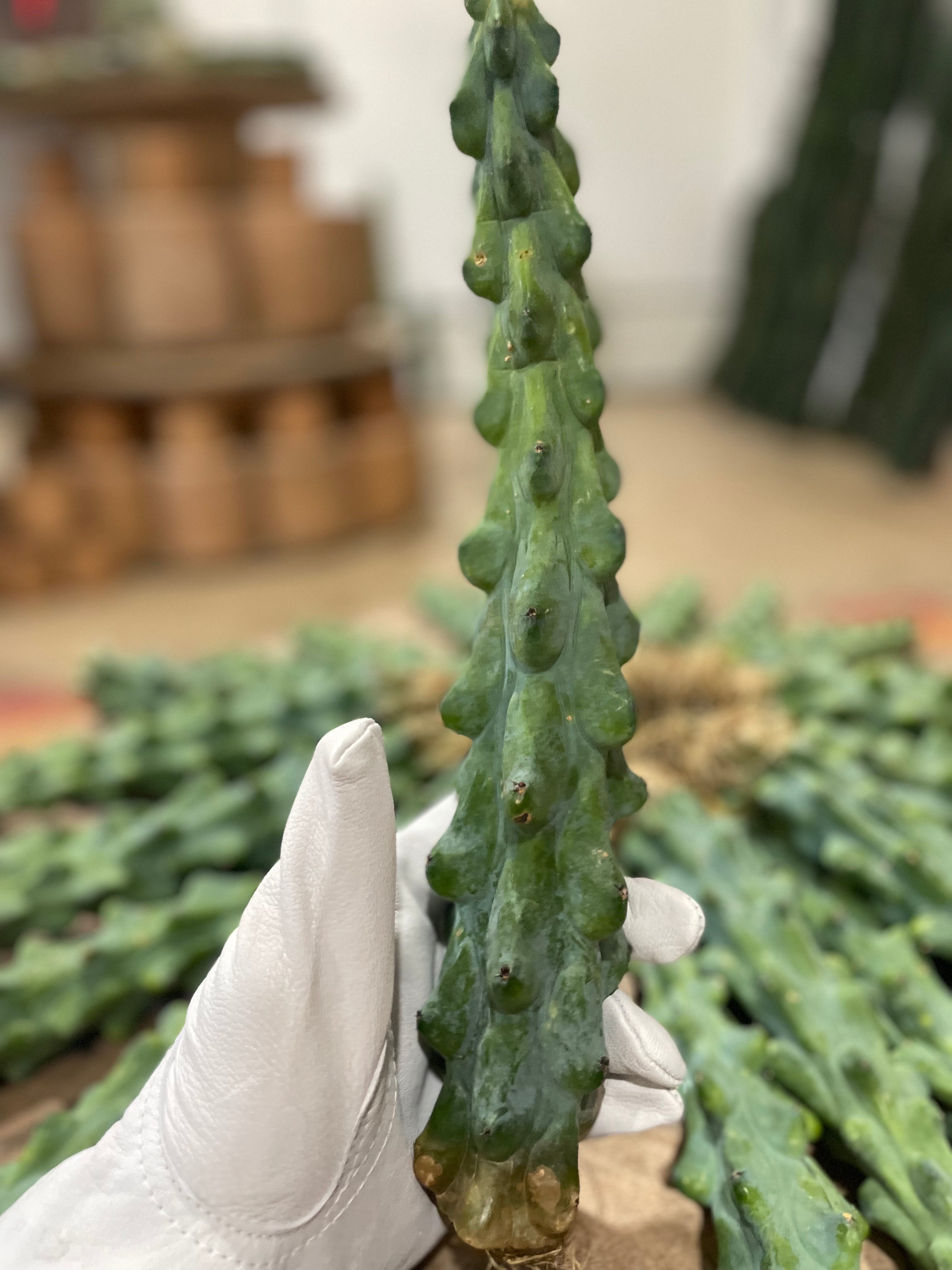
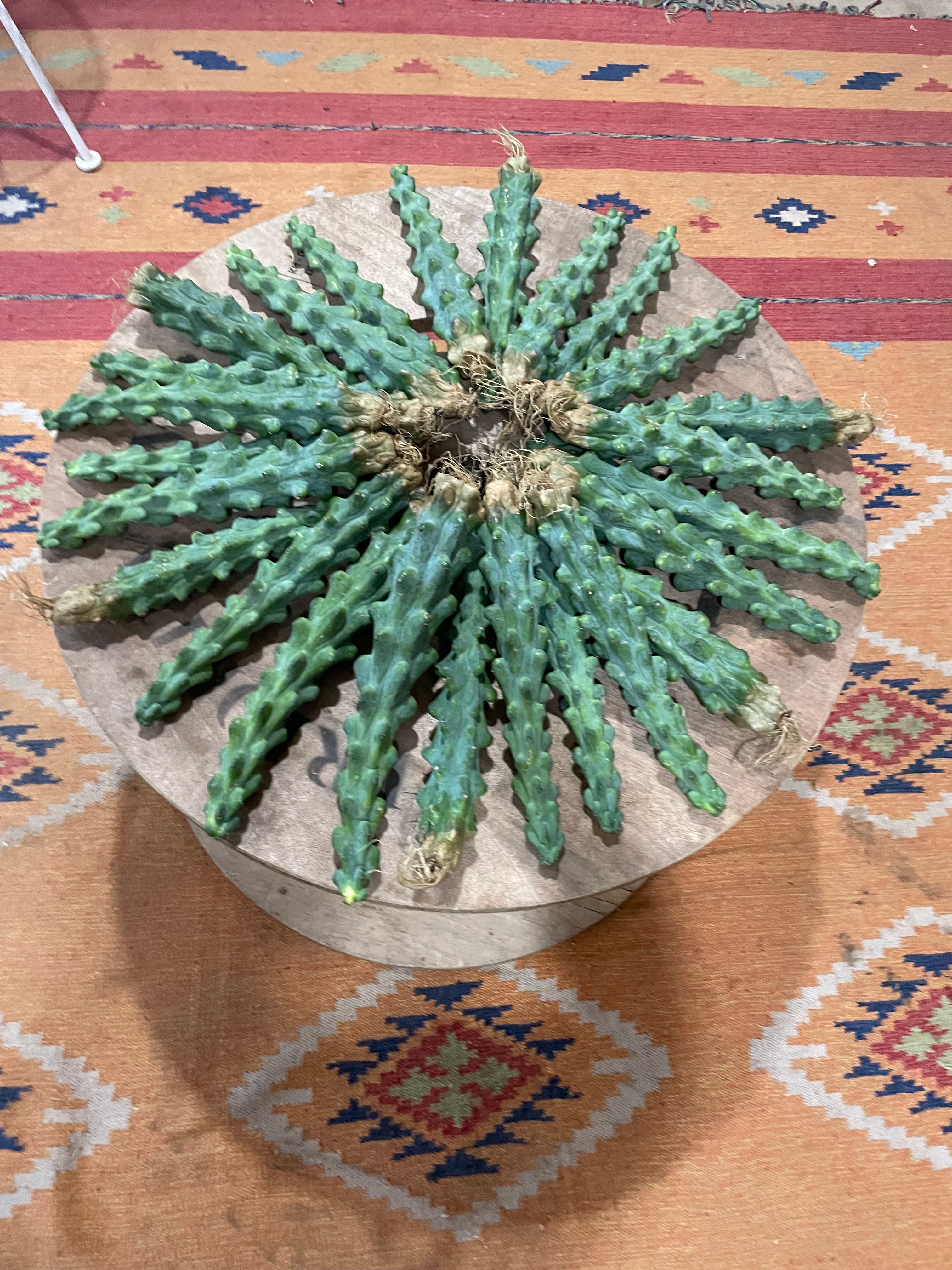
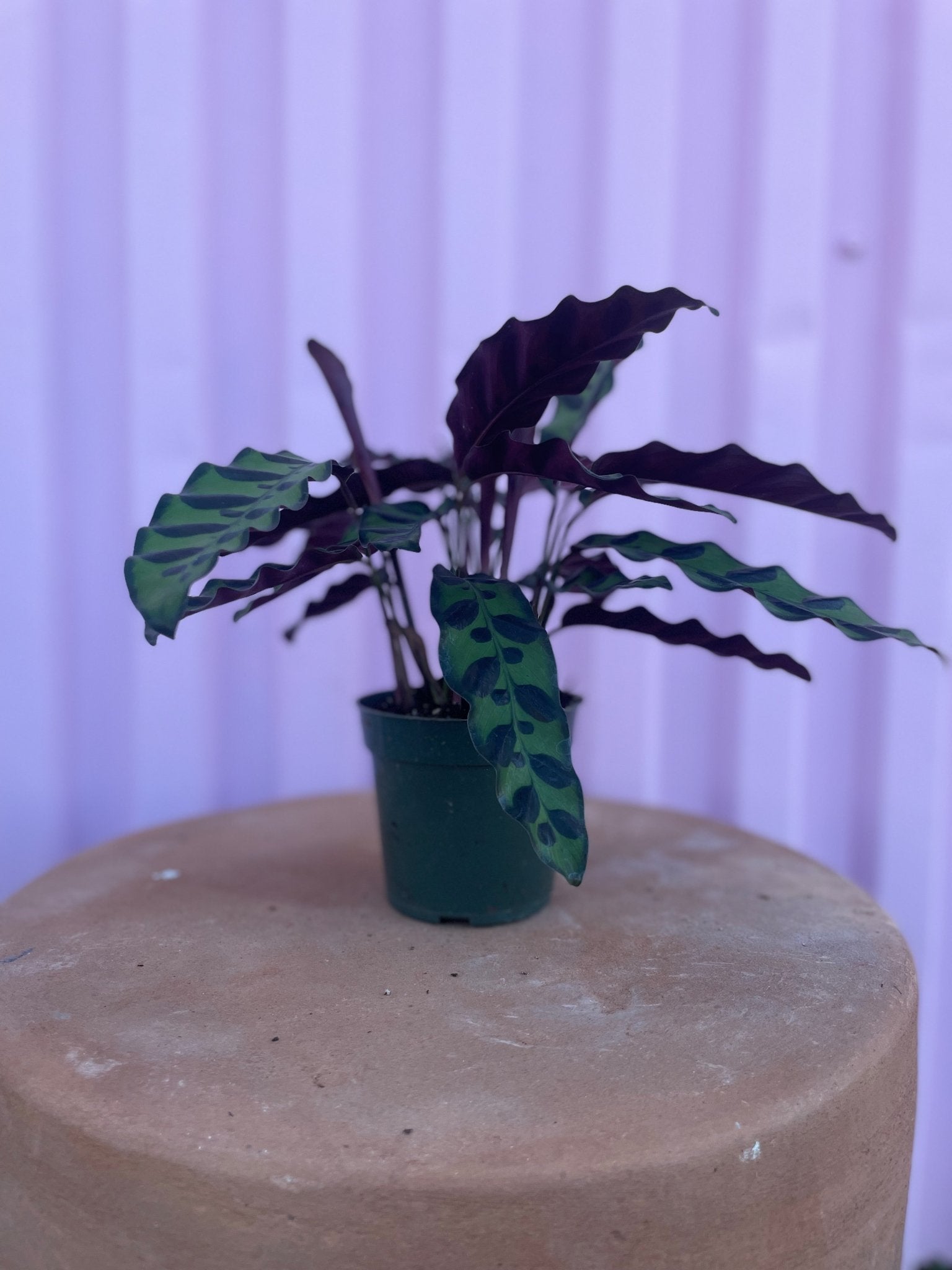
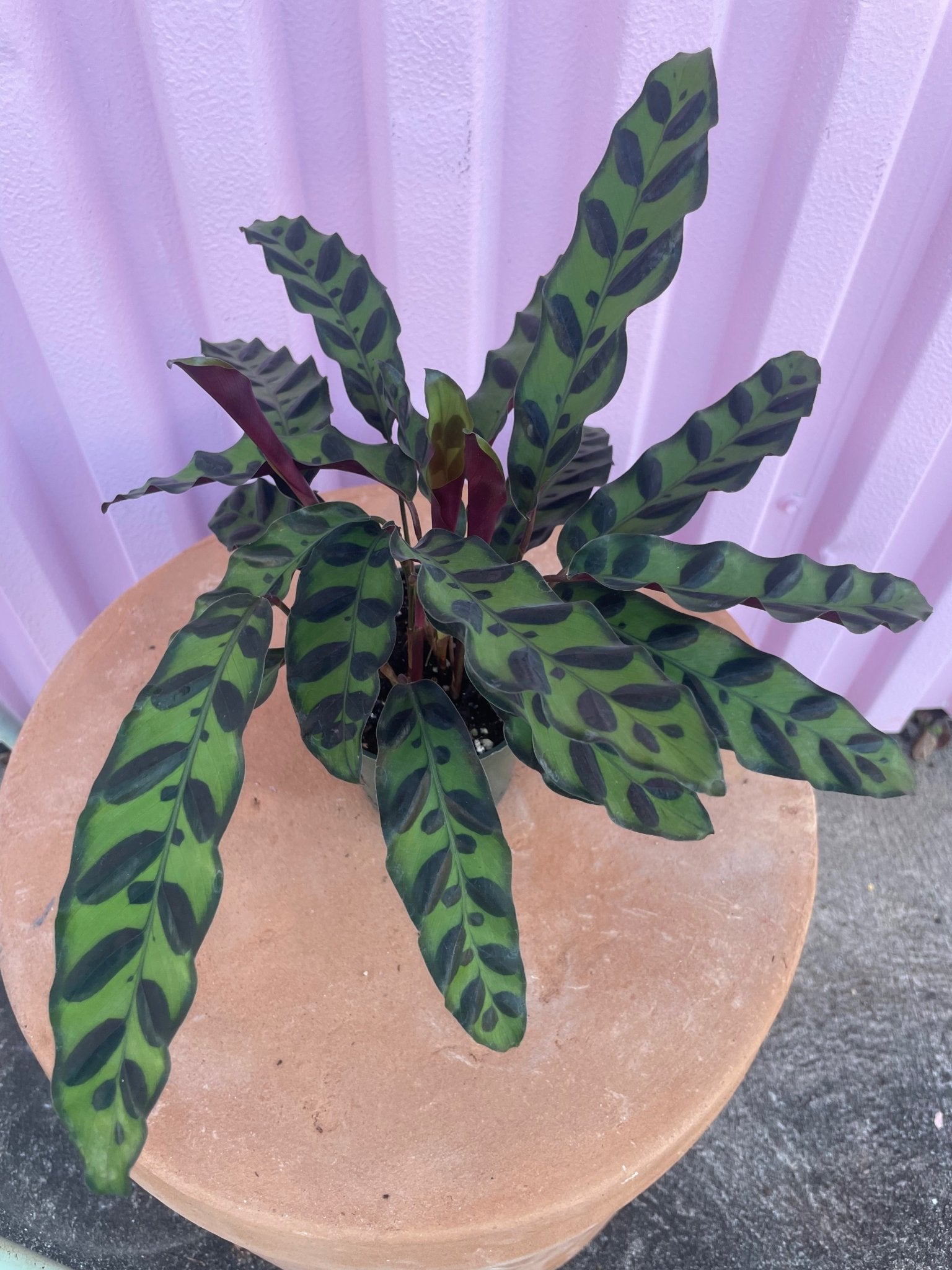
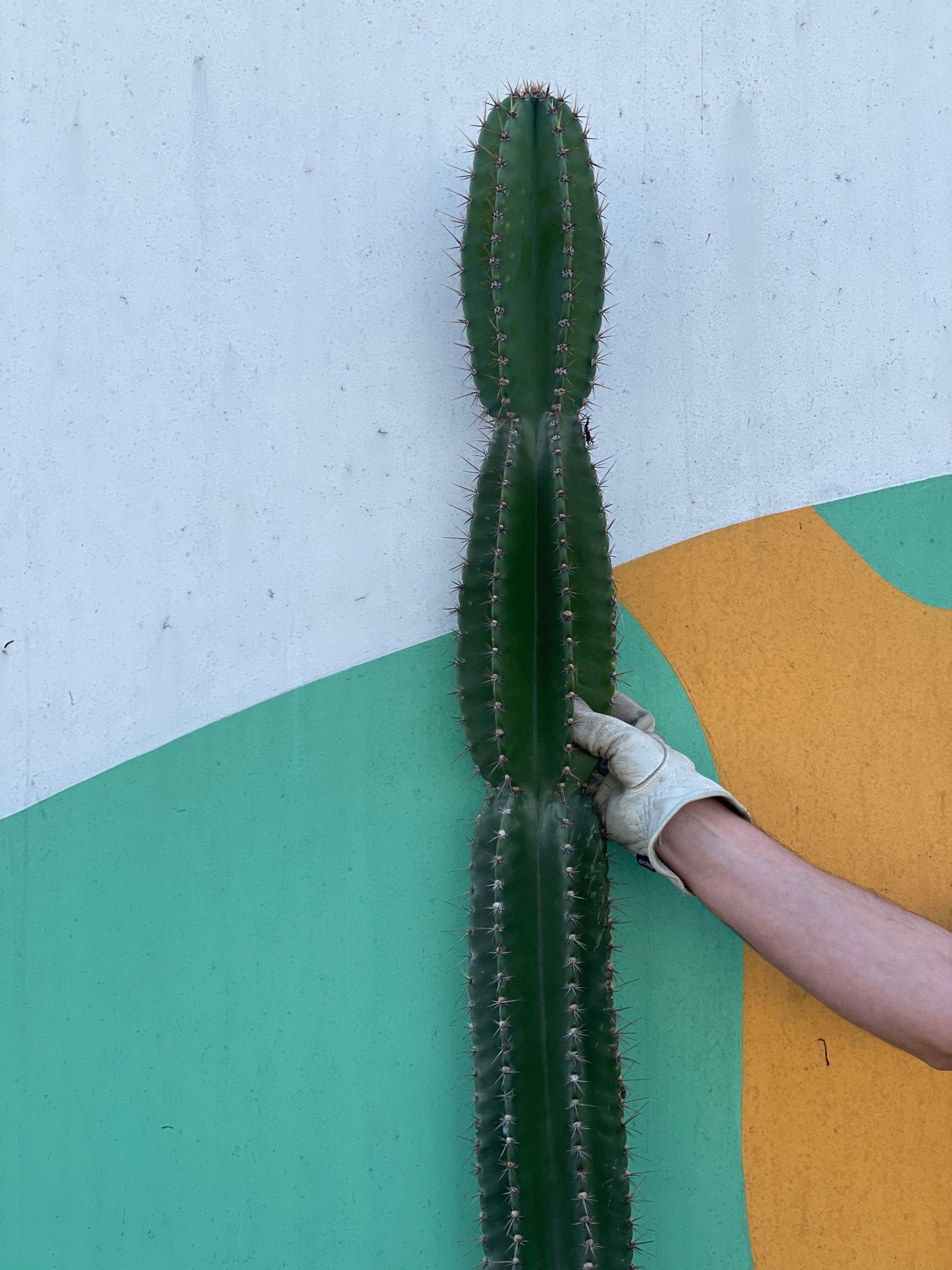
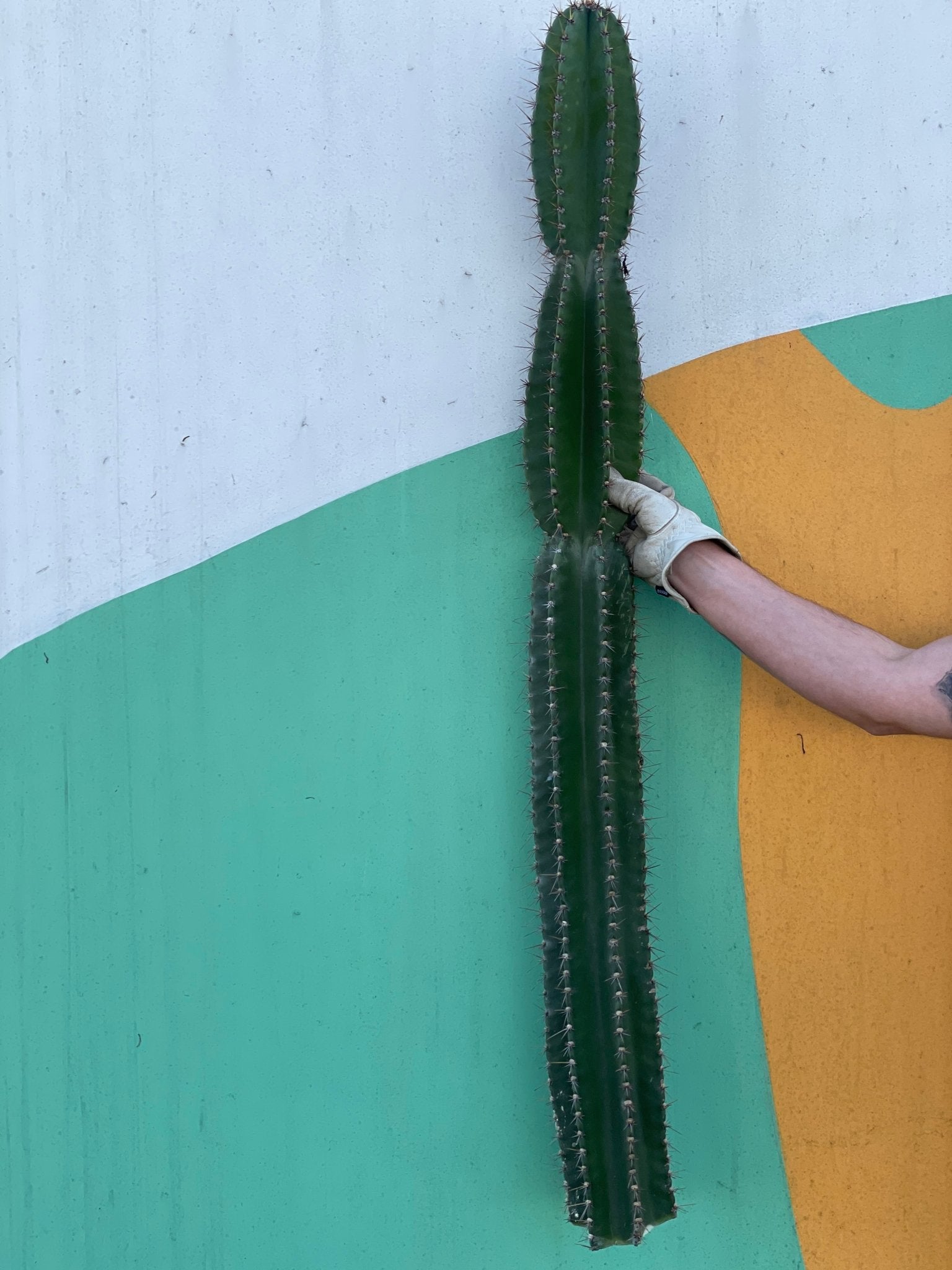
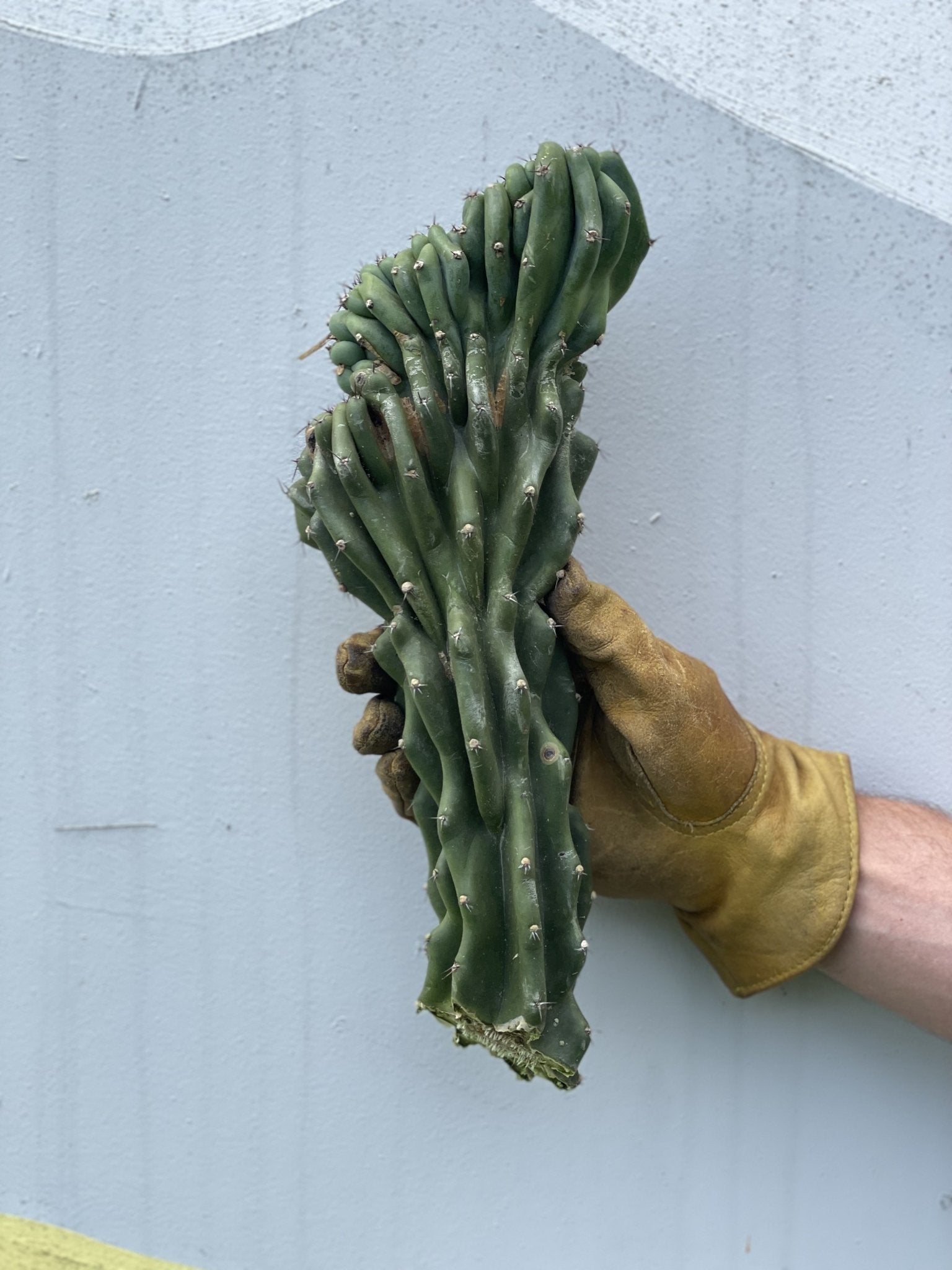
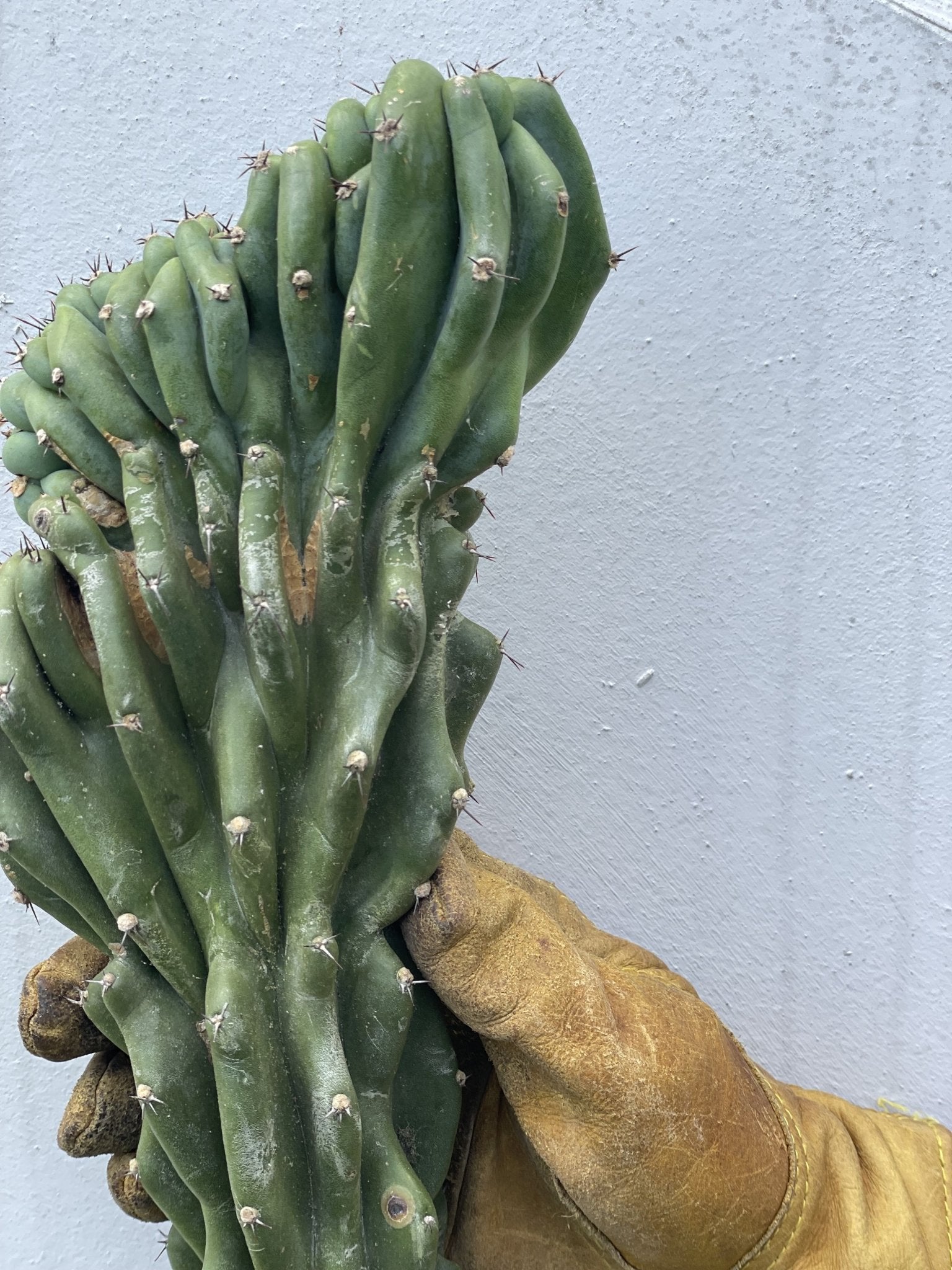


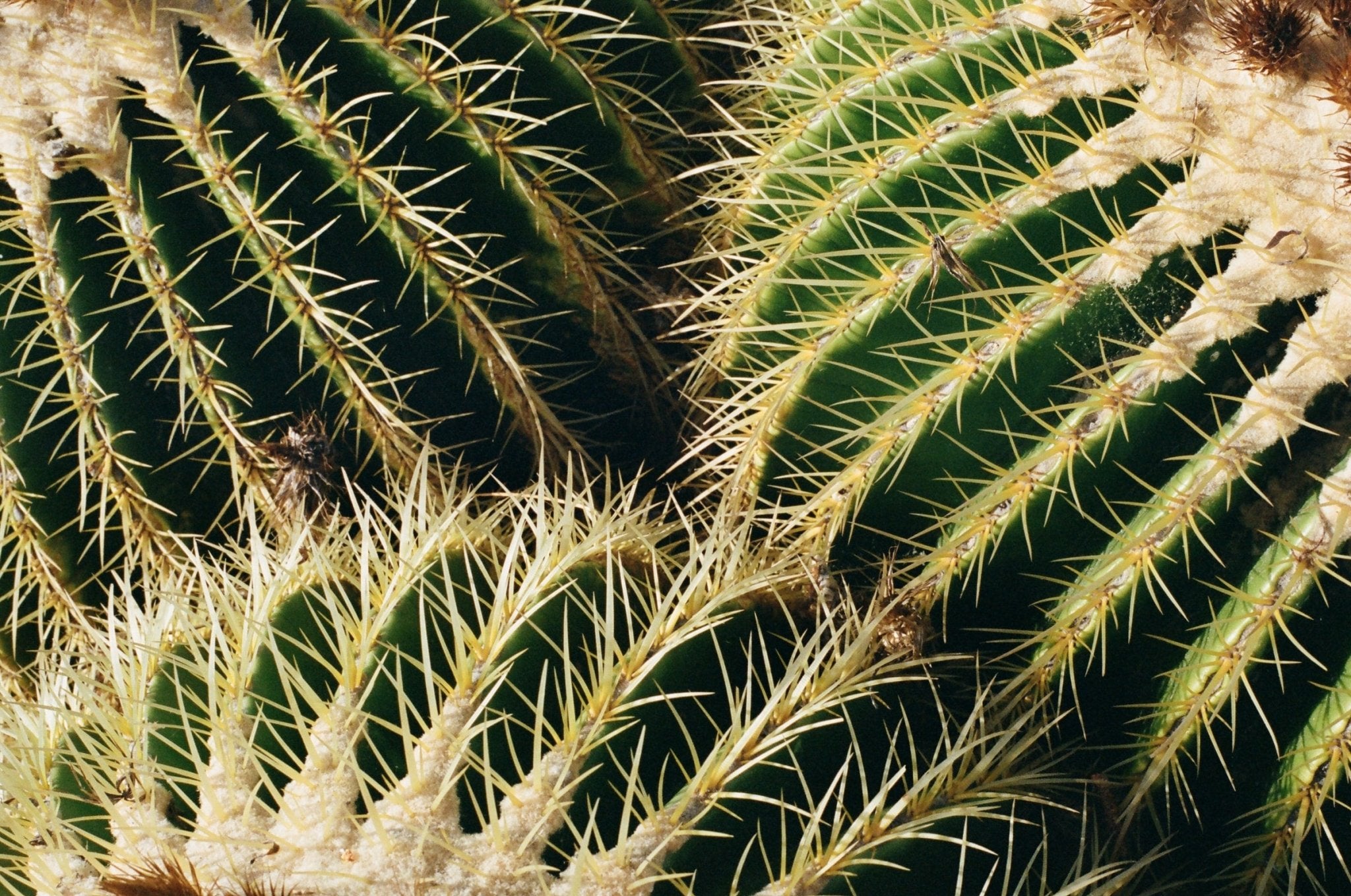
Leave a comment